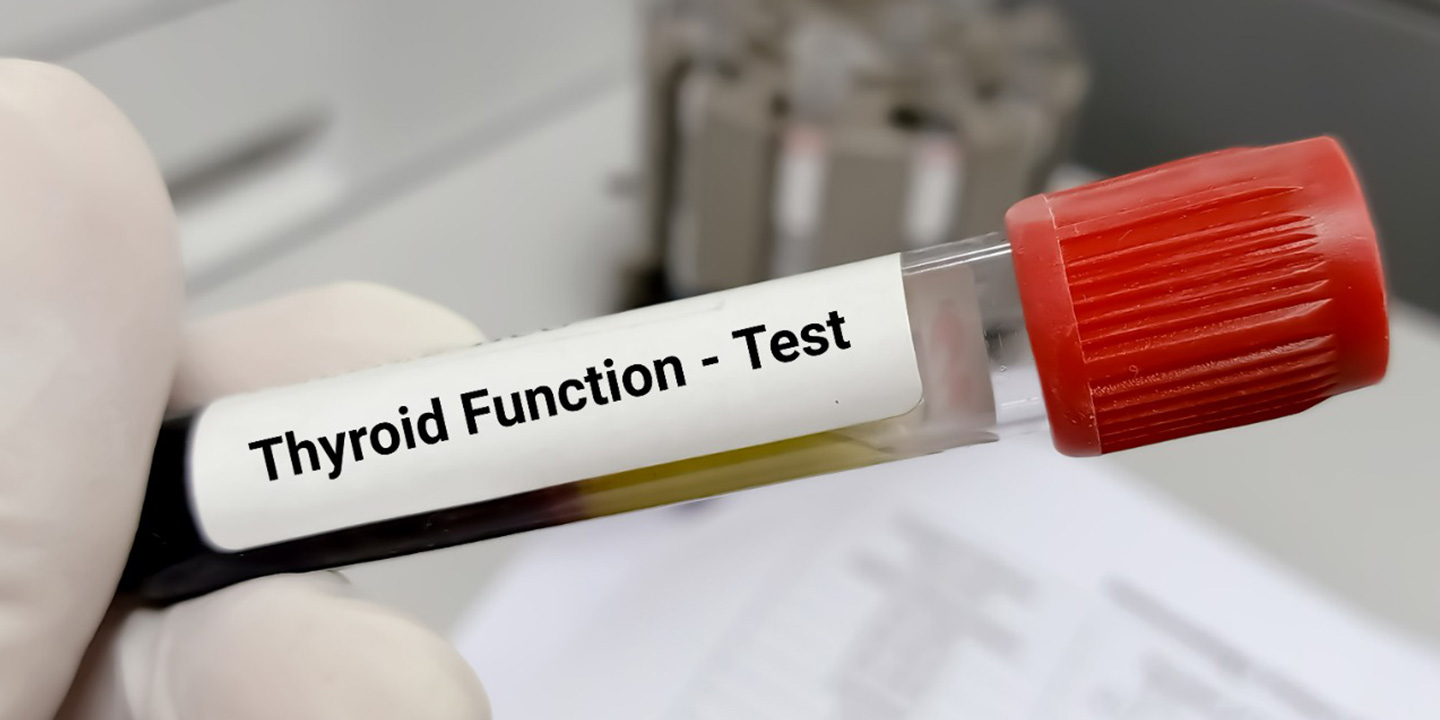Goldfish are usually recognized for their bright colors and flowing swims. However, hidden beneath their shiny scales is a captivating secret: the maze-like universe of their teeth. They may appear modest, but the dental anatomy of these tiny creatures is truly unique. This article aims to elucidate the surprising truth about goldfish teeth. Hence, we shall undertake a long
journey in that direction.
The Anatomy of Goldfish Teeth
Like many other fish species, goldfish possess a unique dental structure. Unlike humans, who have a set of permanent teeth, goldfish have a continuous cycle of tooth replacement. Their teeth are not rooted in the jaw but rather attached to the pharyngeal bones, which are located in the back of the throat. These teeth are small and sharp and are primarily used for grinding and crushing their food.
How Goldfish Use Their Teeth
Goldfish utilize their teeth in various ways to support their dietary needs. Omnivores consume various food items, including plant matter, small invertebrates, and even other fish. Their teeth play a crucial role in breaking down these diverse food sources, allowing them to extract the necessary nutrients.
The Purpose of Goldfish Teeth
The main role of goldfish’s teeth is to help them digest their food. The teeth grind and crush the prey to break hard outer shells or tough plant matter, making it easy for the fish to extract the essential nutrients. In addition, the teeth also keep food in the mouth for efficient consumption.
Goldfish Teeth and Their Diet
The unique dietary needs of goldfish can directly affect the development and functioning of their teeth. Goldfish that are given a balanced, high-quality diet full of essential nutrients are more likely to develop well-formed, healthy teeth. Conversely, an inadequate diet that lacks vitamins and minerals required by the body may cause dental problems such as bad tooth formation or tooth loss.
Do Goldfish Teeth Grow Back?
Goldfish can regenerate their teeth, which is one of their most amazing things. They keep on getting new sets of teeth each time they lose a previous one, while human beings only have one set that lasts for life. This ensures that they always have enough dental structures to support them in consuming food.
The Dental Care of Goldfish
The overall care of Goldfish Teeth is important in maintaining their health and proper functioning. Although goldfish do not need equal dental care as human beings, there are still ways in which aquarium and goldfish tank owners can help support their fish’s oral health. This includes ensuring a balanced diet for the pet, observing water quality, and checking for any signs of tooth problems in a given fish.
Goldfish Teeth in Comparison to Other Fish Species
Goldfish teeth resemble the dental structures of other types of fish, but they also have unique features. Sharks and rays have particular teeth for tearing and shredding their prey, while cichlids have tooth structures for crushing and grinding hard-shelled organisms, for example.
Exciting Facts About Goldfish Teeth
- Goldfish have teeth in the pharyngeal region, quite different from human beings, whose teeth are at the front of their mouth.
- Usually, a goldfish can have a varying number of teeth; however, they typically carry about 4-20 teeth.
- These goldfish’s teeth are made up of some hard substance like enamel that enables them to cope with their feeding habits.
- Throughout its life, the goldfish constantly replaces its teeth by growing new ones instead of old ones that wear out.
Conclusion: Appreciating the Wonders of Nature’s Tiny Dentists
The goldfish teeth world is a captivating and often unspoken fascination about these cherished aquatic beings. Goldfish teeth demonstrate the overwhelming diversity and adaptations in nature, from their distinct anatomy to their incredible regenerative ability. With this knowledge, we can gain tremendous respect for the marvels of our planet and the extraordinary methods organisms employ to live successfully in different environments.










